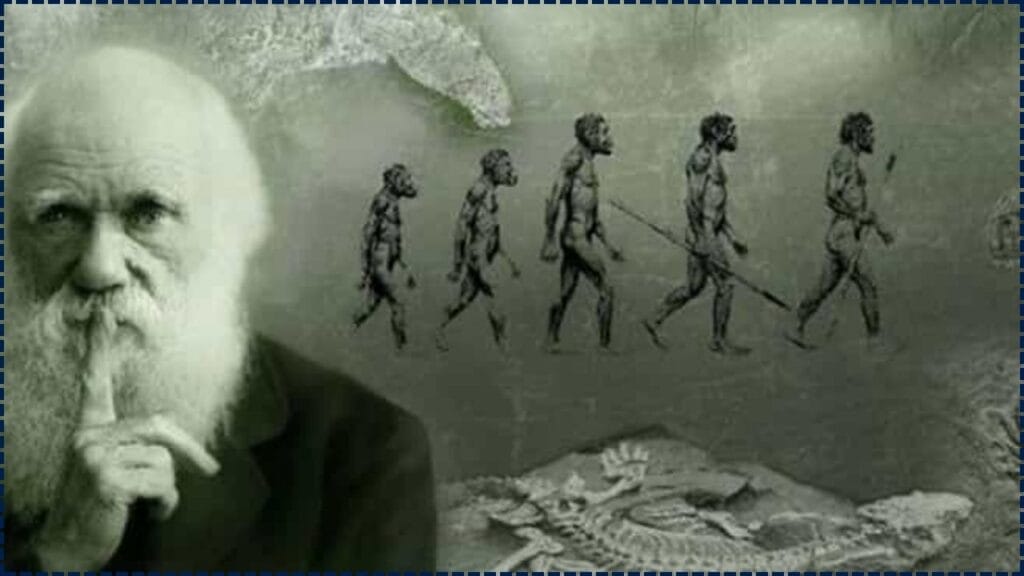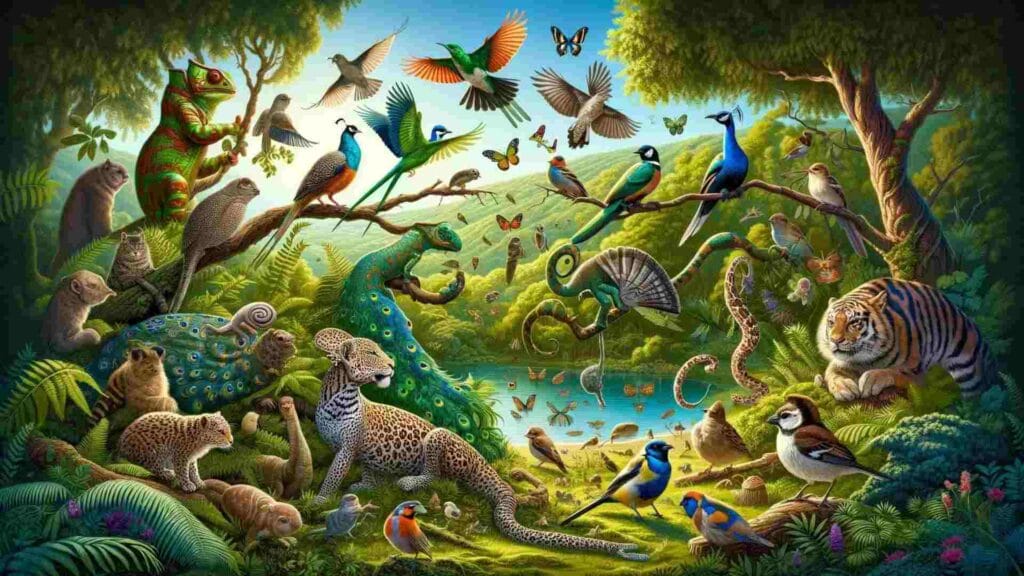Forget focusing solely on the intelligence or social behaviors of animals like monkeys and dolphins. Scientists have just unveiled a groundbreaking new theory of life that could fundamentally change how we understand what it means to be alive. This isn’t just sensational news; it’s a real and significant shift in our definition of “life” itself.

Researchers at the Ulsan National Institute of Science and Technology (UNIST) and Rockefeller University have proposed a powerful new idea: that life is essentially a continuous process of machines building machines. Think about it – from the tiny molecular engines within our cells that work tirelessly to create more components, all the way up to vast and thriving ecosystems like flourishing forests where organisms constantly interact and reproduce. This theory suggests a beautiful and fundamental interconnectedness, where the very essence of life lies in this ongoing cascade of self-creation and organization at every level, from the microscopic to the macroscopic. It offers a fresh and profound perspective on the incredible phenomenon of life all around us.
This fresh take blends physics, chemistry, and biology—giving us practical ways to teach, search, and build life. It’s not sci‑fi—it’s grounded in math, experiments, and peer-reviewed science.
Forget Monkeys and Dolphins
| Insight | Details |
|---|---|
| Core Definition | Life = machines that self-replicate and build bigger machines—across scales |
| Researchers | Tsvi Tlusty (UNIST) and Albert Libchaber (Rockefeller) |
| Threshold Identified | Cascade flips at ~1 μm/1,000 s—where microbial life starts |
| Inspired By | Leibniz’s 17th‑century philosophy of machine-like life, and von Neumann’s self-replicators |
| Applications | Redefines tech, AI, astrobiology; informs ethics around living machines and synthetic life |
| Professional Tools | Universal life measure, guide for artificial life design, strategy for detecting non-DNA life |
| Explore More | PNAS publication, Michael Levin’s xenolife research, NASA Astrobiology |
This new theory isn’t just a small change in how we think about life; it actually rebuilds our understanding from the ground up. It captures the very spark of life as a process of machines constantly replicating and building more machines. This means we can see a continuous chain of life, from the tiniest microbes in our bodies to the vast and beautiful forests around us.
This powerful idea gives us a whole new toolkit to understand, create, and thoughtfully guide living systems. It encourages us to connect with the wisdom from Native traditions that have long honored all forms of life, while also embracing our modern scientific drive to explore. Ultimately, this theory calls on us to honor all life – whether it’s human, microbial, mechanical, or even cosmic from distant planets. It’s about recognizing the incredible interconnectedness and wonder of every living thing in our world and beyond.

What Is a “Machine Cascade”?
Imagine a beautiful line of dominoes, but with a twist! Instead of just falling down, each domino, as it’s activated, actually starts building the next one in line. This amazing idea helps us understand how life works at every level.
In living systems, it all begins with tiny “worker” components like enzymes and pumps inside our bodies. These small parts replicate and assemble themselves to create entire cells. Then, these cells work together to build tissues, which in turn construct whole organisms – like us, or animals, or plants. And finally, these organisms shape incredible ecosystems, like forests or oceans, where everything is connected and constantly creating more life.
This fascinating research has looked at this continuous chain of building across an astonishing 18 different levels of size (from the incredibly tiny to the very large!) and over 30 different scales of time. They’ve noticed a really important jump at the microscope level (around 1 micrometer) and at the minute level (about 1,000 seconds).
Once you see life that way—machines making more machines—the line between “alive” and “not alive” blurs.
Why This Theory is a Game-Changer
Redefines Life Beyond Biology
It doesn’t matter if it’s carbon-based or robot-made. If it self-replicates and builds, it qualifies.
Guides Tech Innovation
We can build self-replicating nanobots, evolving machines, or ecosystems engineered from the ground up.
Powers Alien Life Detection
Astrobiologists can now scan for any replicating chain—not just DNA-based—on Mars, Europa, or exoplanets.
Sparks Ethical Debates
If our creations self-replicate, evolve, or die, do they deserve moral rights? It’s a whole new frontier.
Tools to Explore & Experiment
- PNAS paper details the math and thresholds
- NASA Astrobiology guides life-search strategies
- Michael Levin’s xenolife lab studies non-human replicators
- Interactive videos on replicator cascades and micro-life online
Links like these help professionals and educators dig deeper—and kids can play with the idea of building “living machines.”
Global & Cultural Connection
Native American Insight
Indigenous wisdom sees humans, animals, rivers, and skies as members of a web. This theory supports that science‑wise: all life is woven in replicating threads.
World Discoveries
Researchers in China, Europe, and NASA are exploring microbial cascades and artificial life, broadening the frontier.
Related Links
Popular Anti-Aging Supplement Debunked – New Study Shocks Biohacking Community
Forget Monkeys and Dolphins Teach This Guide
- Introduce the Core Cascade: Show simple systems: enzyme → cell → tissue, etc.
- Demonstrate the Threshold: Use microscope slides or videos to show microbes growing.
- Explore Technology: Talk about nanobots, synthetic biology, and cascade design.
- Ethics Talk: Discuss whether a self-replicating robot is “alive” or “responsible.”
- Try It Out: Build LEGO chain machines in class—or simulate bacteria in software.
Expert Insights
“Recognizing life as cascades unifies diverse living systems under one framework.”
— Dr. Michael Levin, Harvard Medical School
“This work honors tradition and science—seeing life as interconnected machinery resonates deeply.”
— Local Indigenous Elder
FAQs
Q: Can robots really be alive?
A: Under this definition, yes—if they replicate and build copies.
Q: What about feelings or consciousness?
A: That’s a level up. First we define replication. Emotion comes later.
Q: Will this appear in textbooks?
A: Quite possibly. It gives a universal definition teachers can use worldwide.
Q: Could this harm the environment?
A: If self-replicators go rogue, yes. That’s why ethics and limits matter.
Q: How’s it help find alien life?
A: By focusing on replication cascades, not just DNA, we broaden what we watch for in space.








